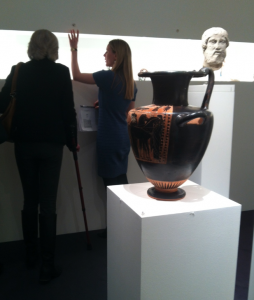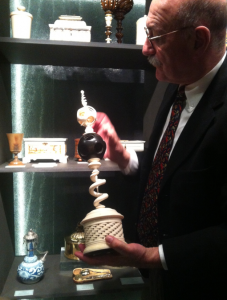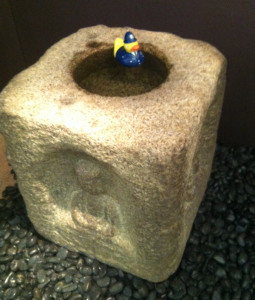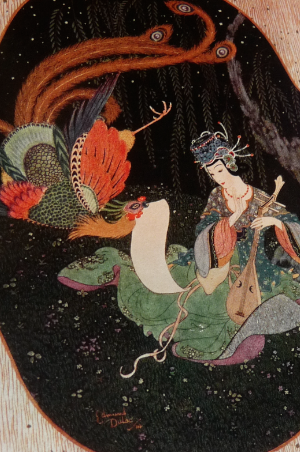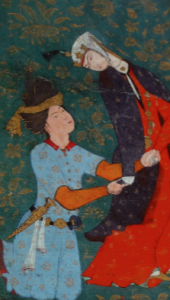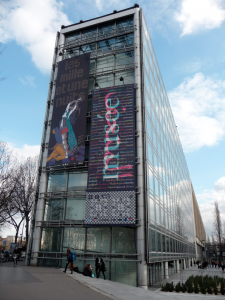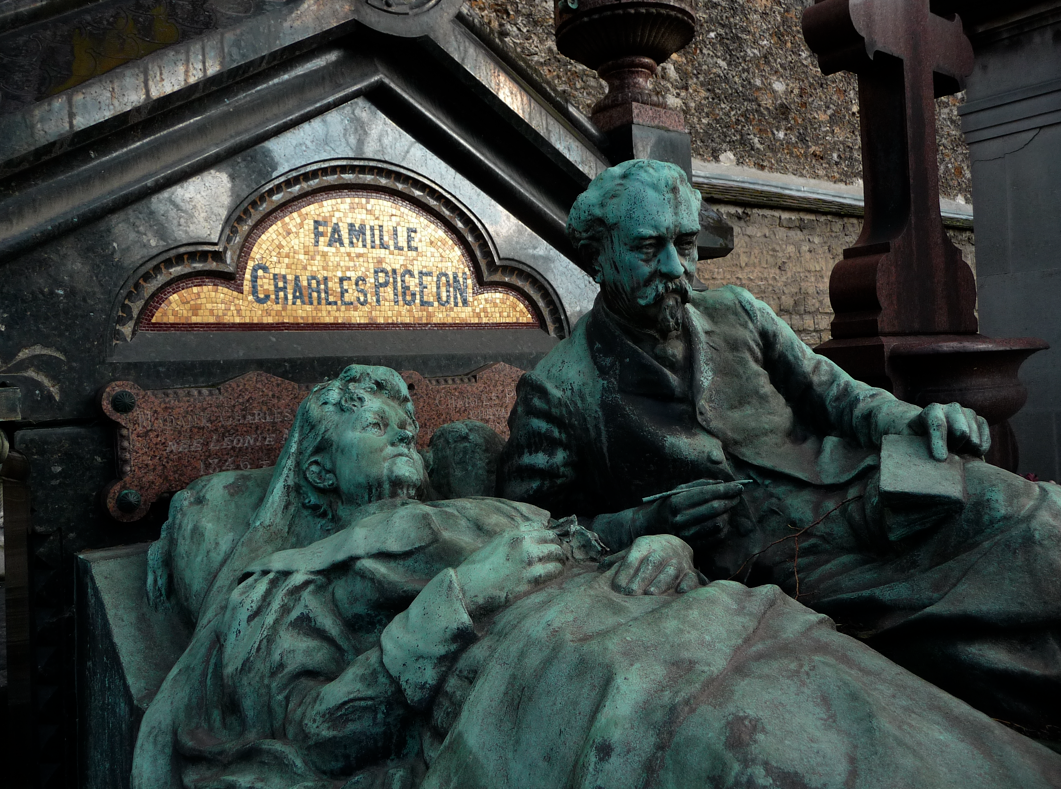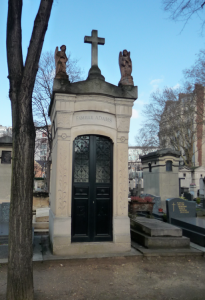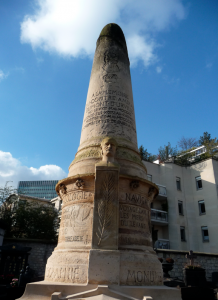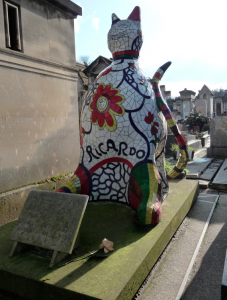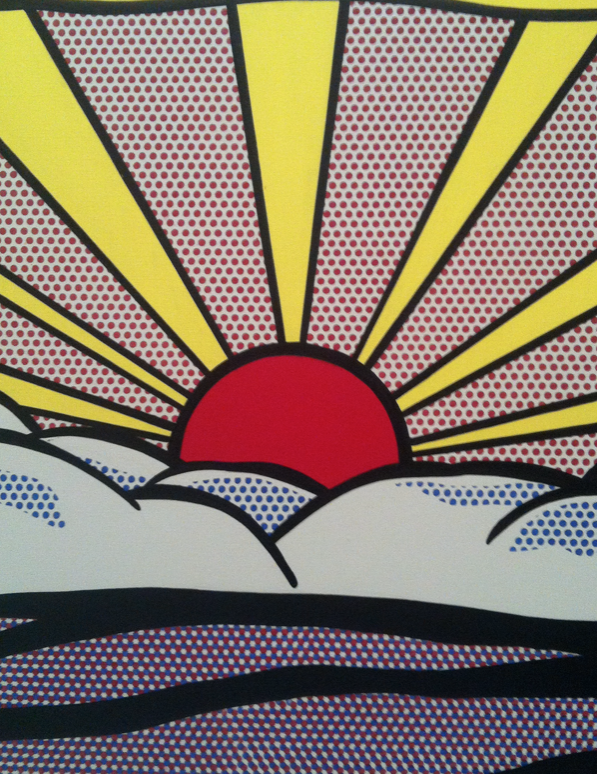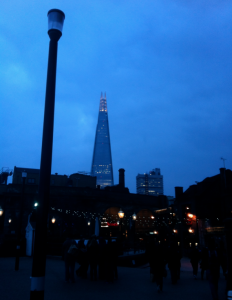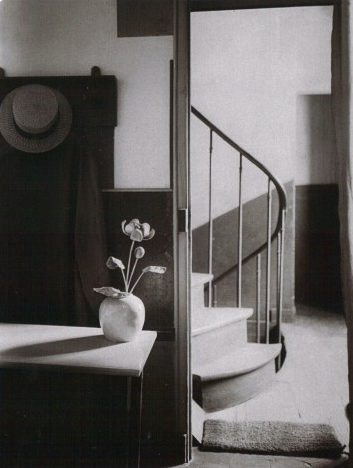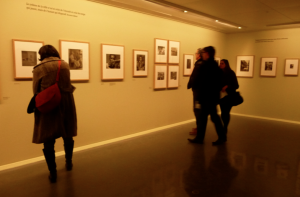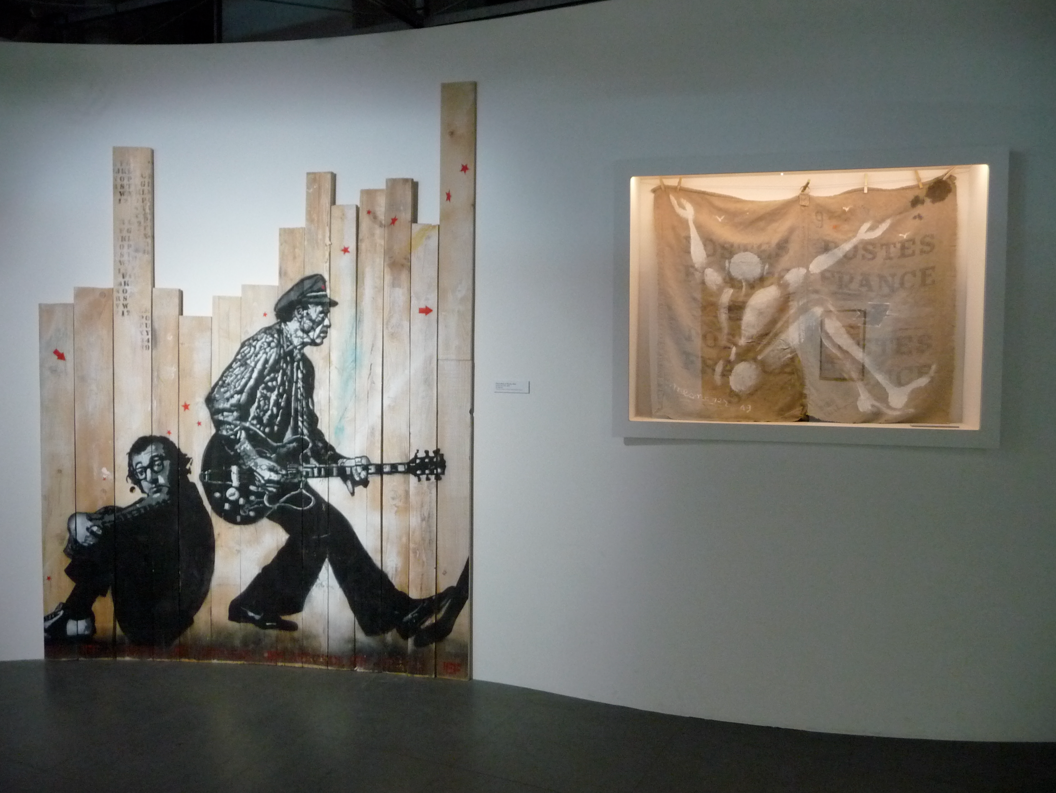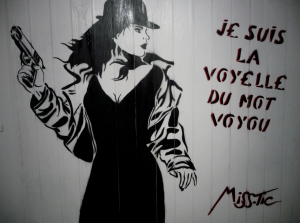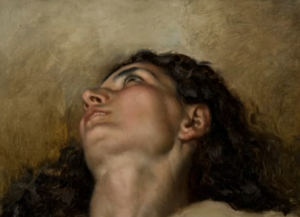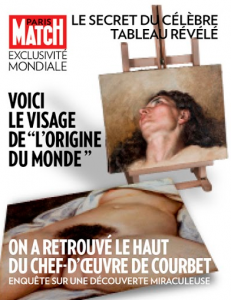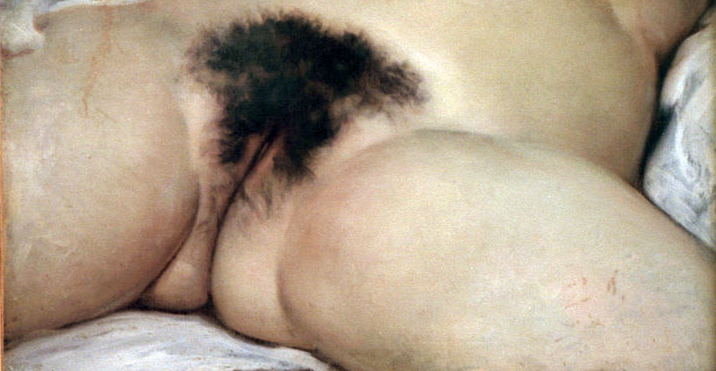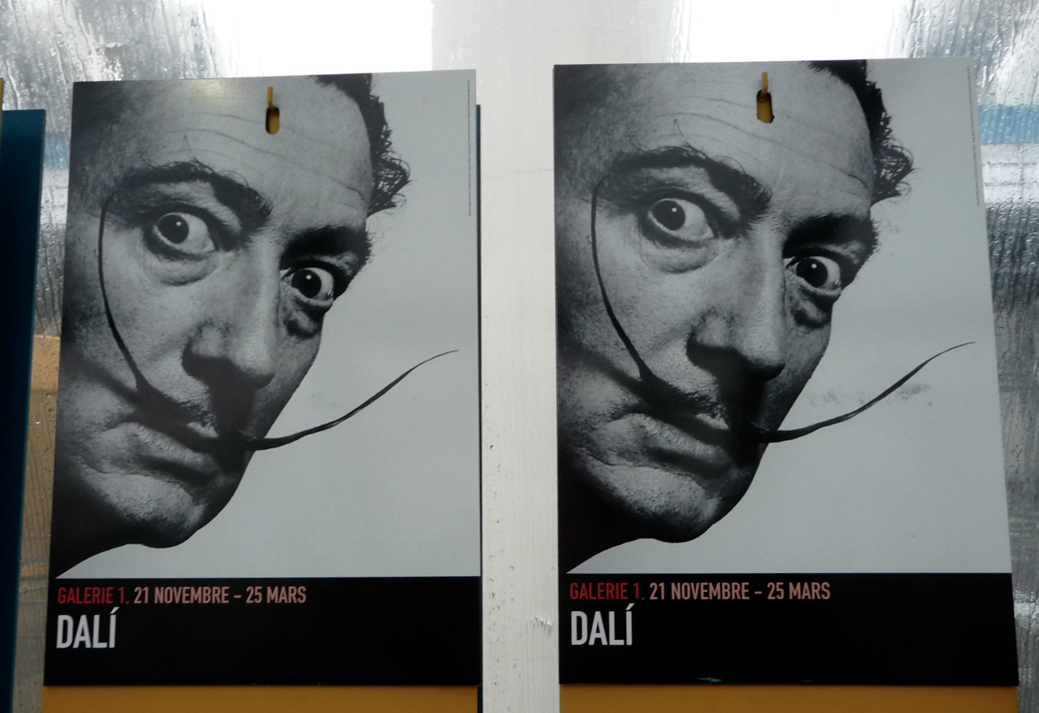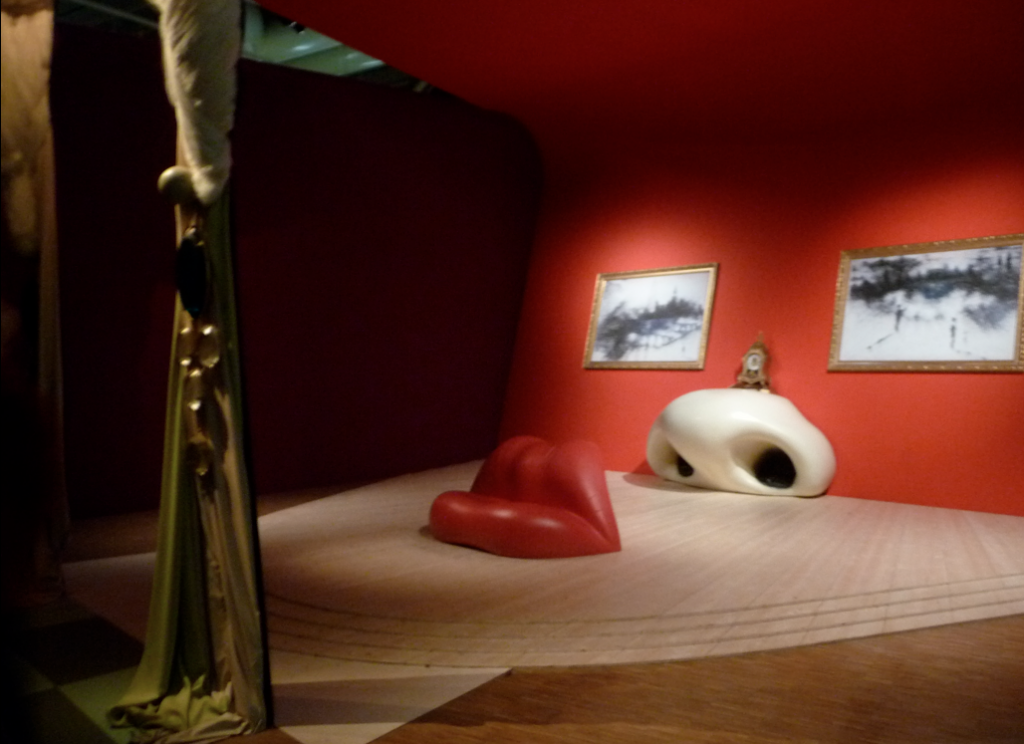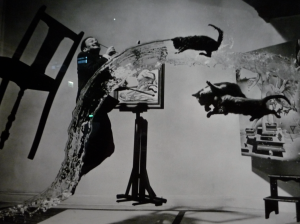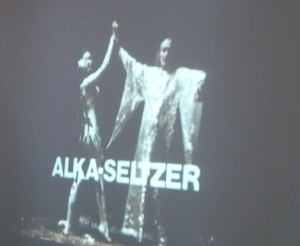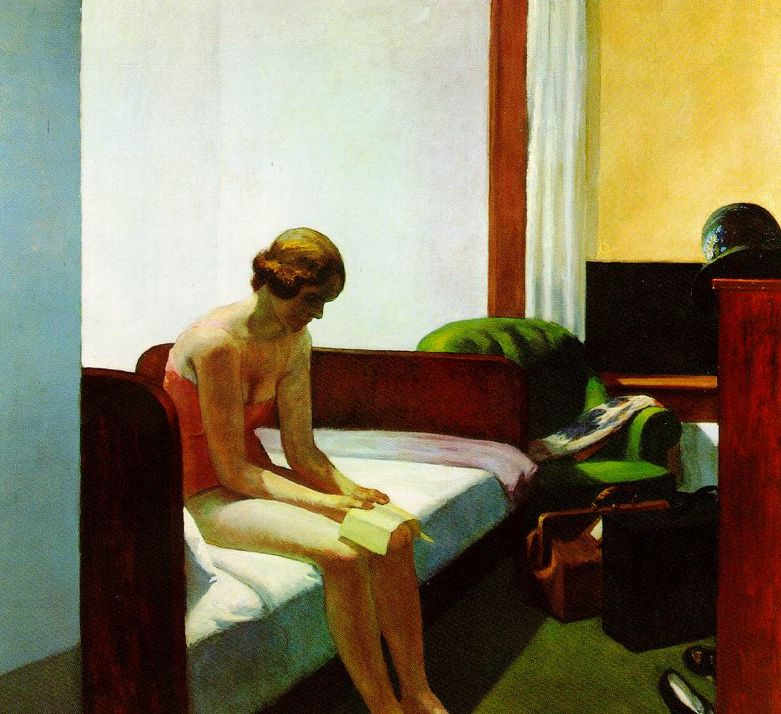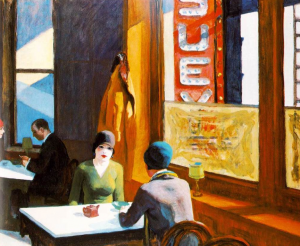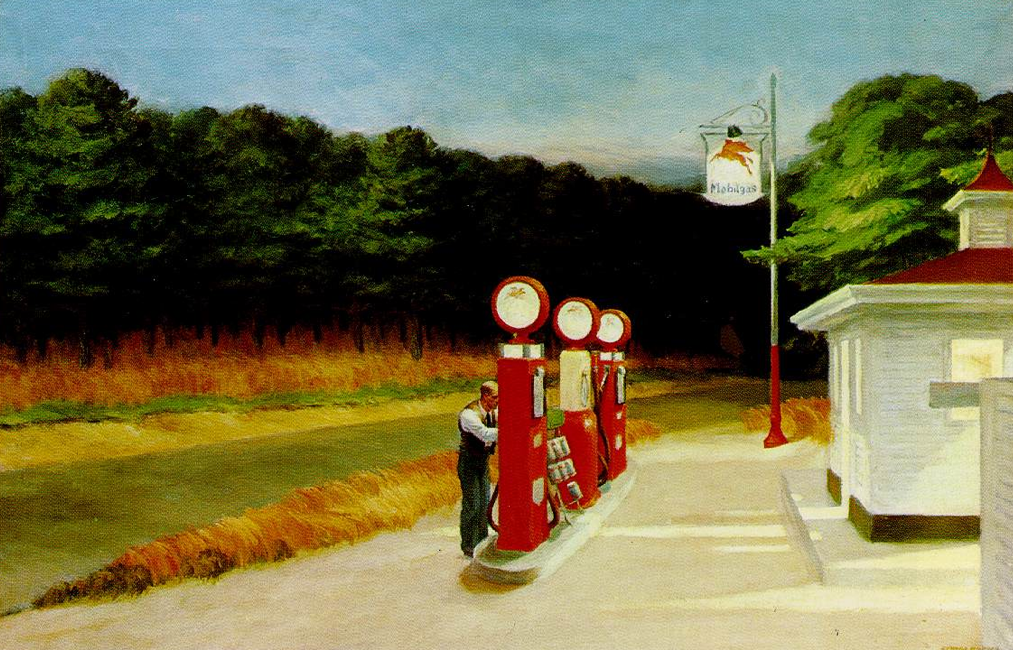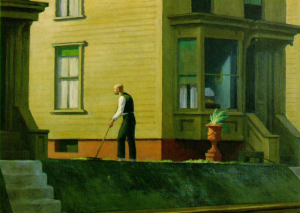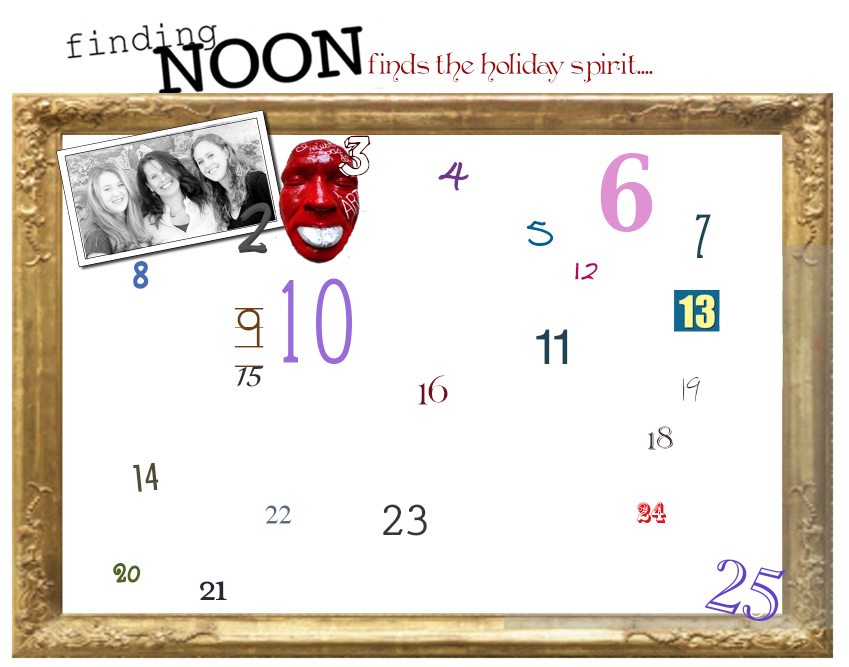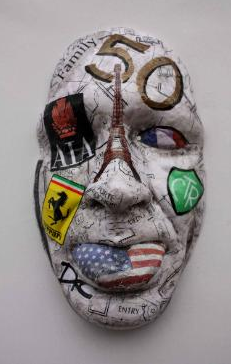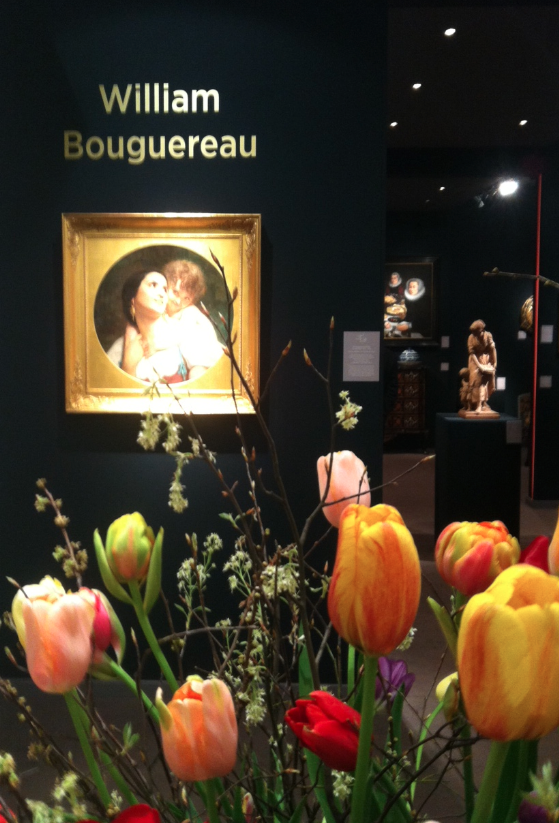 Please don’t ask me how to pronounce the name of this town. I simply can’t no matter how many times I’ve been corrected. But I am not the only one who has a hard time with the place. When I announced we were going to Maastricht, half the French people I know thought we were headed to Belgium, but it is in fact, in Holland. Why would I be going to a town I could not pronounce and very few people ever bother to find it on a map? For art’s sake! For the The European Fine Art Fair, to be precise, or TEFAF, for those in the know, which has been one of premier art shows since 1975.
Please don’t ask me how to pronounce the name of this town. I simply can’t no matter how many times I’ve been corrected. But I am not the only one who has a hard time with the place. When I announced we were going to Maastricht, half the French people I know thought we were headed to Belgium, but it is in fact, in Holland. Why would I be going to a town I could not pronounce and very few people ever bother to find it on a map? For art’s sake! For the The European Fine Art Fair, to be precise, or TEFAF, for those in the know, which has been one of premier art shows since 1975.
What exactly is an art fair and what does one do there? Its a one stop shop for serious art buyers and lovers, collection 260 art galleries from 20 countries showing art from every continent except Antarctica. The are 5 main sections to the show, Old Masters, Antiques, Modern Art, Art on Paper and Design (which is a fancy way of say 20th century furniture). Within those sections there is also an area with fine jewelery and a handful of manuscripts and classical antiques (the really old stuff). Nobody seemed to know exactly how large the show was in kilometers, but its like a super mall of really amazing stuff and people flock there, paying the 55€ entrance fee to see truck loads of really rare and beautiful stuff.
Some of those people are billionaires and they are out shopping, vying against museum curators for some key pieces. Others may be passionate collectors who put all their resources into one specific kind of art and there are art students who simply want to learn more, but the vast majority of the people are the same crowd who would head to the Louvre on a Sunday afternoon. Especially this past Sunday, when we heard flocks of Dutch, speaking Dutch. We also heard American and British, some Chinese, lots of French, German and Italian with a bit of Russian for good measure.
If you hate museums, this show is probably not for you, but if you like art, its as exciting as being a 7 year old in a candy shop, a 1€ coin in your sweaty palm. Most people probably don’t consider TEFAF because it is out of the way and expensive to attend, but there may be a handful out there who do not go because they are intimidated by the thought of mixing it up with the elite of the art world, so today’s post is all about squashing that inhibition. Because unlike a museum, this place is like an interactive art history lesson, with some of the greatest specialist from the art world absolutely thrilled to share their knowledge and show their art.
Everyone is welcome. If you love art, it is the experience of a lifetime and you really should go. Its an easy train ride from Paris, so day trips are possible if you happen to live in town. The fair is a 30 minute walk, or 10€ taxi ride from the station. When you get there, I recommend spring the 2,50€ for the coat check. The entrance fee, 55€, includes a gorgeous, full color catalogue of the show. It weighs 5 kilos, so I sincerely recommended that you pick it up as you leave at the end of the day.
Oops!!! Important point, what to wear! There were some outrageous outfits, and a confirmed eccentric, or two, like that crazy Californian chick who lives in Paris, and recently acquired a Bowler hat in London that she absolutely insisted on wearing the first day (to great acclaim, I may add). Most people, however, wear simple nice clothing with the experts insisting on comfortable shoes. I saw very few jeans, and it was warm inside, so sweaters we rare, but beyond that, it was anything goes.
So you’re well dressed, inside the show and ready to go. What now? Prioritize! We spent an entire day visiting just 3 sections. Once you know what you want to see first, start exploring. And here is the important bit, ask questions! The dealers are there to sell, but also to educate and they were happy to talk about their collections and the art world today, even to the obviously starving art a students. Its fascinating what you learn and an absolute thrill when they invite you to feel the canvas of a Caillebotte, hold a 3000 year old piece of pottery, or try on a tiara!
For lunch, there are a couple of cafés and a “real” restaurant, but we were thrilled with the curry cart we stumbled across on the second day. Lunch for two 11€. After lunch we headed out to see more art and only stopped when they announced the doors were closing in 15 minutes and the booths started closing.
That night we were as exhausted as we had been earlier this month after a day’s skiing. Our minds racing as we digested all we’d seen…. more to come on that tomorrow!!!

